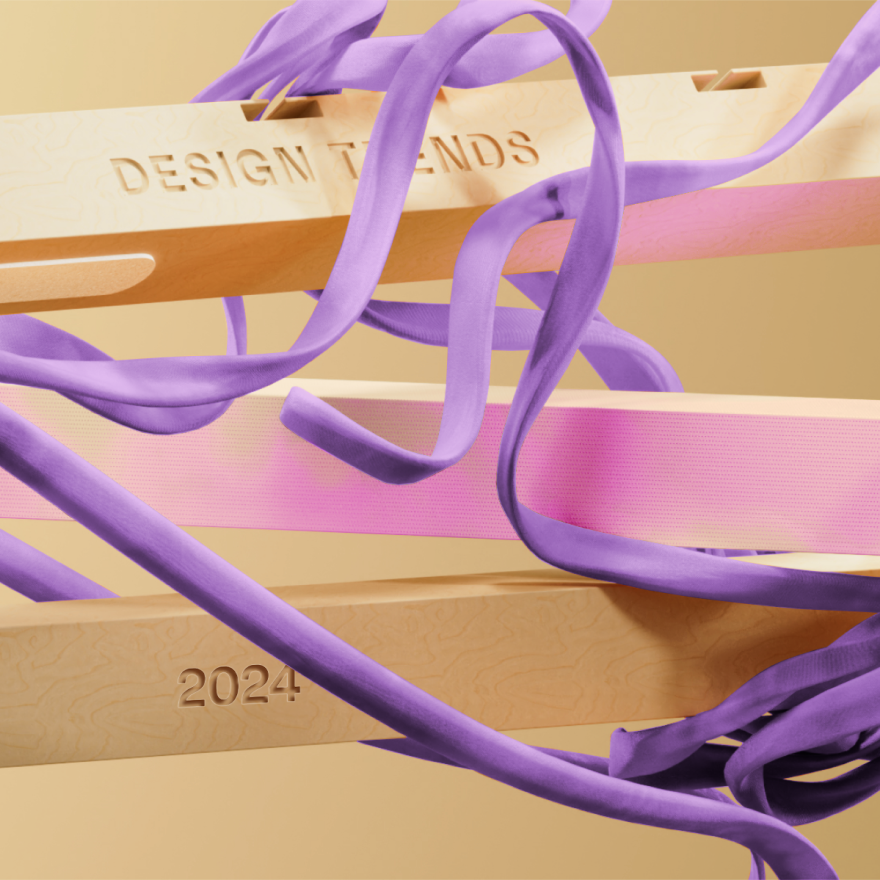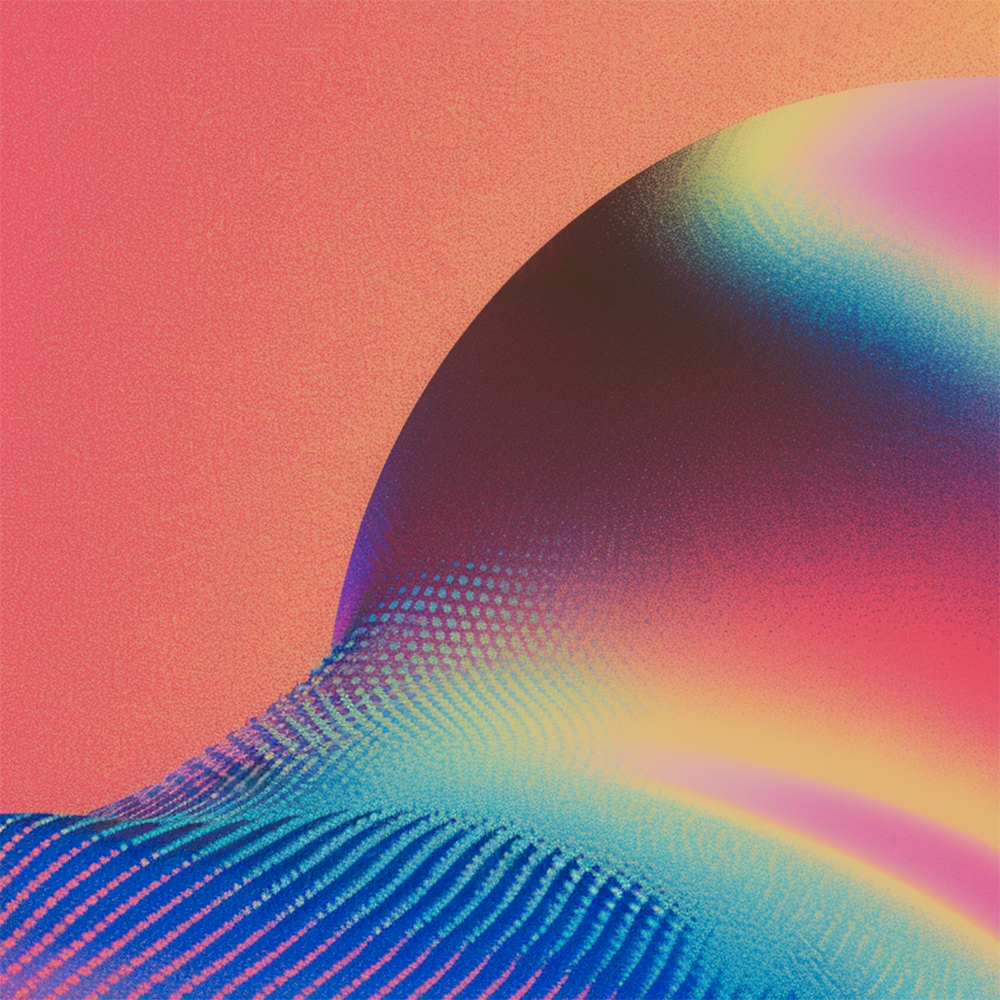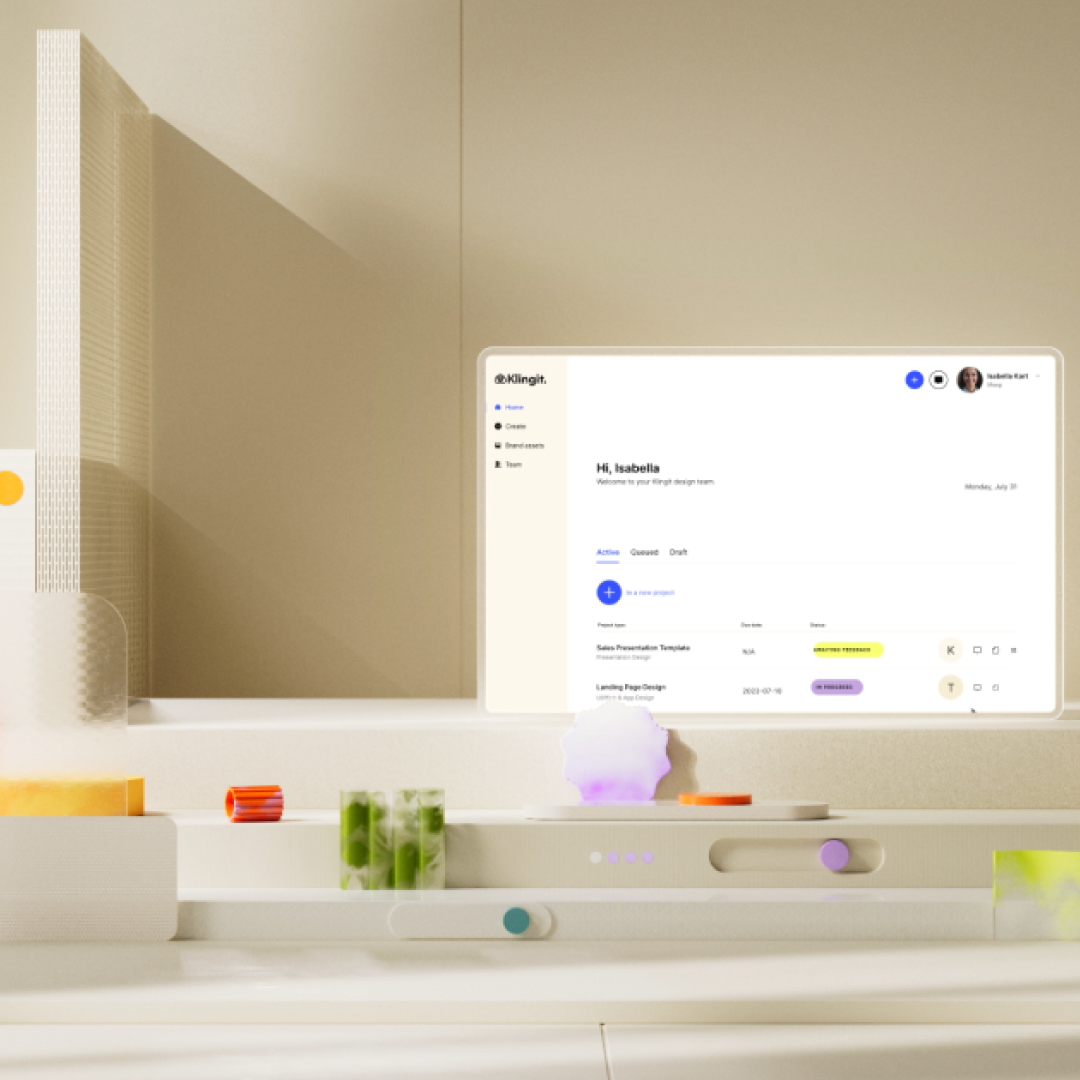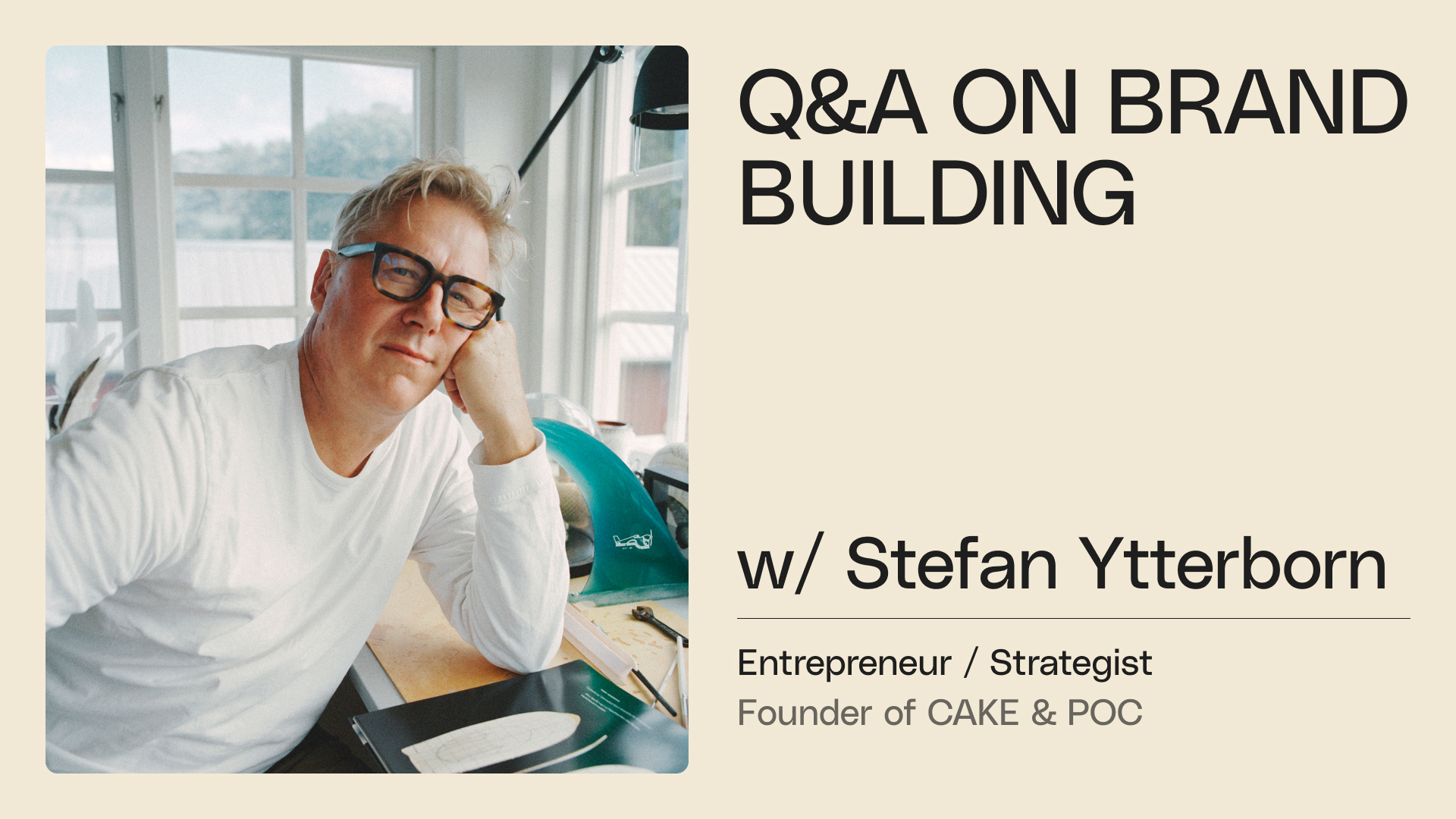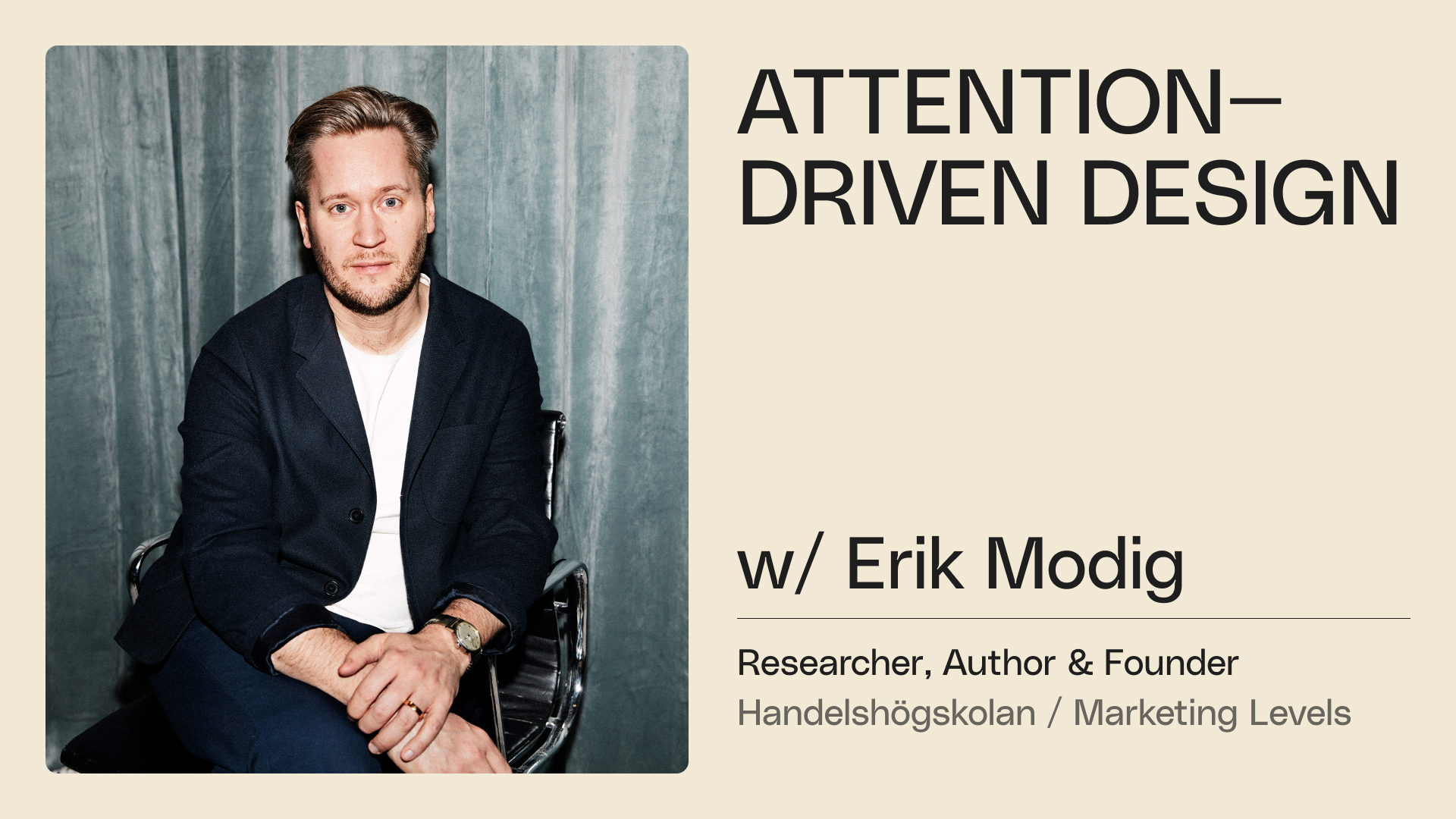The promise of Generative AI is bold, and by the looks of it, the innovative science backing it up is progressing rapidly. That said, the enthusiasm for artificial intelligence has outpaced its current capabilities. We’re not saying this to lower your expectations but to help you focus on what today’s Gen AI can already handle flawlessly, rather than dreaming of the possibilities of tomorrow.
And this is where a lot of people get stuck. They find themselves disappointed that Gen AI failed to perfectly visualize the astoundingly complicated image in their heads – and shun the technology altogether.
This is also where the same people lose out on a big opportunity. If incorporated into your workflow correctly, Gen AI can save your designers a significant amount of time and effort. You just need to know how to use it!
So let’s take a look at three things Generative AI has already mastered
1. Replacing objects in an image is a daily task for a working designer. Although there are plenty of efficient methods to get the job done manually in Photoshop or similar software, nothing beats using Gen AI for this particular job; the result will be just as good, only done faster.
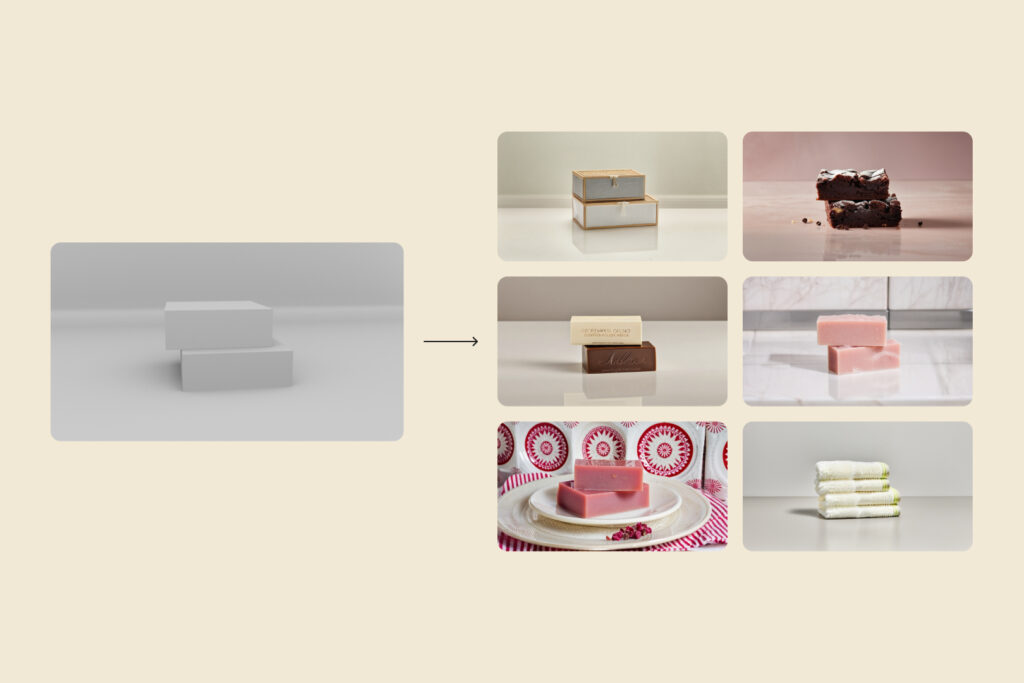
2. Creating product images is often done in bulk by e-commerce companies. To do this in a studio is a straightforward approach, but it’s also costly and time-consuming. Using Gen AI for these repetitive tasks makes perfect sense as it can put your products in a wide variety of different environments and combine them with other objects in a matter of seconds.

3. Scaling your image bank is a must to put your company’s best face forward. Currently, there are two established methods for doing this; having a designer or art director spend countless hours on stock image sites, or going big and producing them from scratch yourself. The first one is time-consuming and often brings average results (let’s be honest, we all recognize a stock image). The latter will get you perfect images, but it is as time-consuming as it is costly.
This is a situation in which Gen AI performs at its best; when tasked to create rather simple images in bulk, it can increase efficiency and dramatically lower costs.

